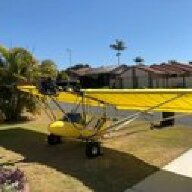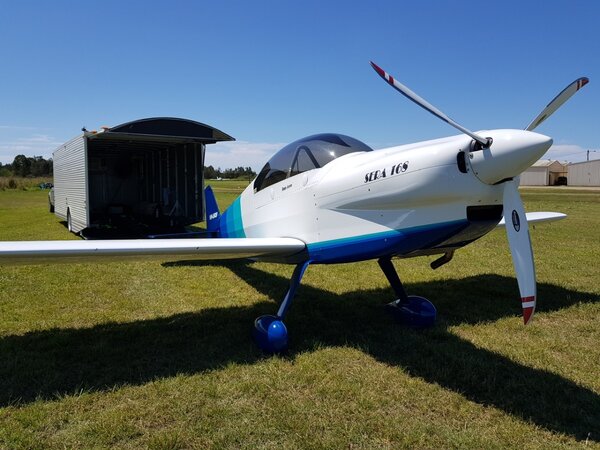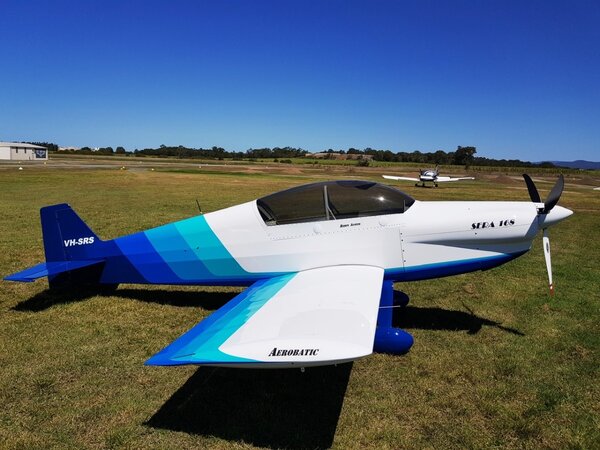
R Austin
-
Posts
18 -
Joined
-
Last visited
R Austin's Achievements

Member (1/3)
-
Hi Robin,
Like you I am not too sue of the correct contact system however I hope you get this:
My phone number is 0499030659 & my direct email is scangriffin@ bigpond.com.au (note: the spelling scan is correct and accidently similar to my name) I am located about 3 km from The Oaks airfield NSW just west of Camden.
Let me know if you get this - the last person I replied too gave no indication of having received my communique
I will appreciate a chat almost any time.
Sean Griffin
-
Hi Robin,
Like you I am not too sue of the correct contact system however I hope you get this:
My phone number is 0499030659 & my direct email is scangriffin@ bigpond.com.au (note: the spelling scan is correct and accidently similar to my name) I am located about 3 km from The Oaks airfield NSW just west of Camden.
Let me know if you get this - the last person I replied too gave no indication of having received my communique
I will appreciate a chat almost any time.
Sean Griffin
-
-
Hi Robin,
By way of introduction:
I am not sure when/how I came across your article on the development & exploits of VH-SGS but it must be many years back - about the time you put her up for sale.
As I have mentioned in my Forum conversation - what fascinates me is what you have achieved with so little in the way of power and what must be a fundamentally sound aerodynamic/airframe design but otherwise unspectacular looking aircraft (no offence to Mr Monnett).
As a person of European (rather than N American) leaning, I admire small nippy economical sports cars rather than the big V8's. Your adaption of the Soneri seems to neatly fit into this philosophy.
Over the years I have "measured" all small aircraft performance claims against VH-SGS and with but a few exceptions, come to the conclusion that they are at best wishful thinking but most likely just lies.
Some of my Forum correspondents think I am obsessed with speed - not so. In aircraft, I see speed and hp/fuel consumption as a measure of efficiency. I dont necessarily want to fly at max cruise speed all the time but like the idea of trying to get my aircraft as efficient as it can be, within its physical limitations.
I have written to you befor asking if you know of VH-SGS current situation( A Forum member suggested she was not much used) and would the owner be interested in selling.
Regards
Sean Griffin / Skippydiesel
E-mail: [email protected]












